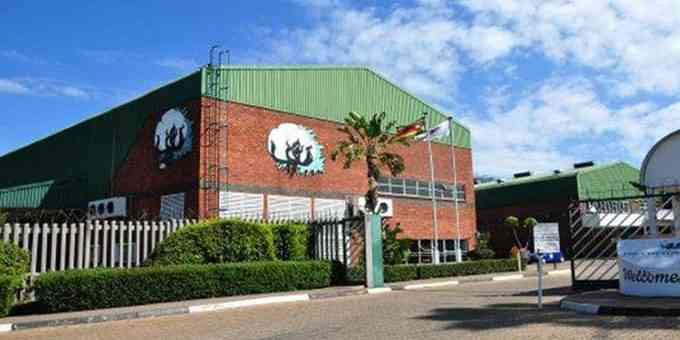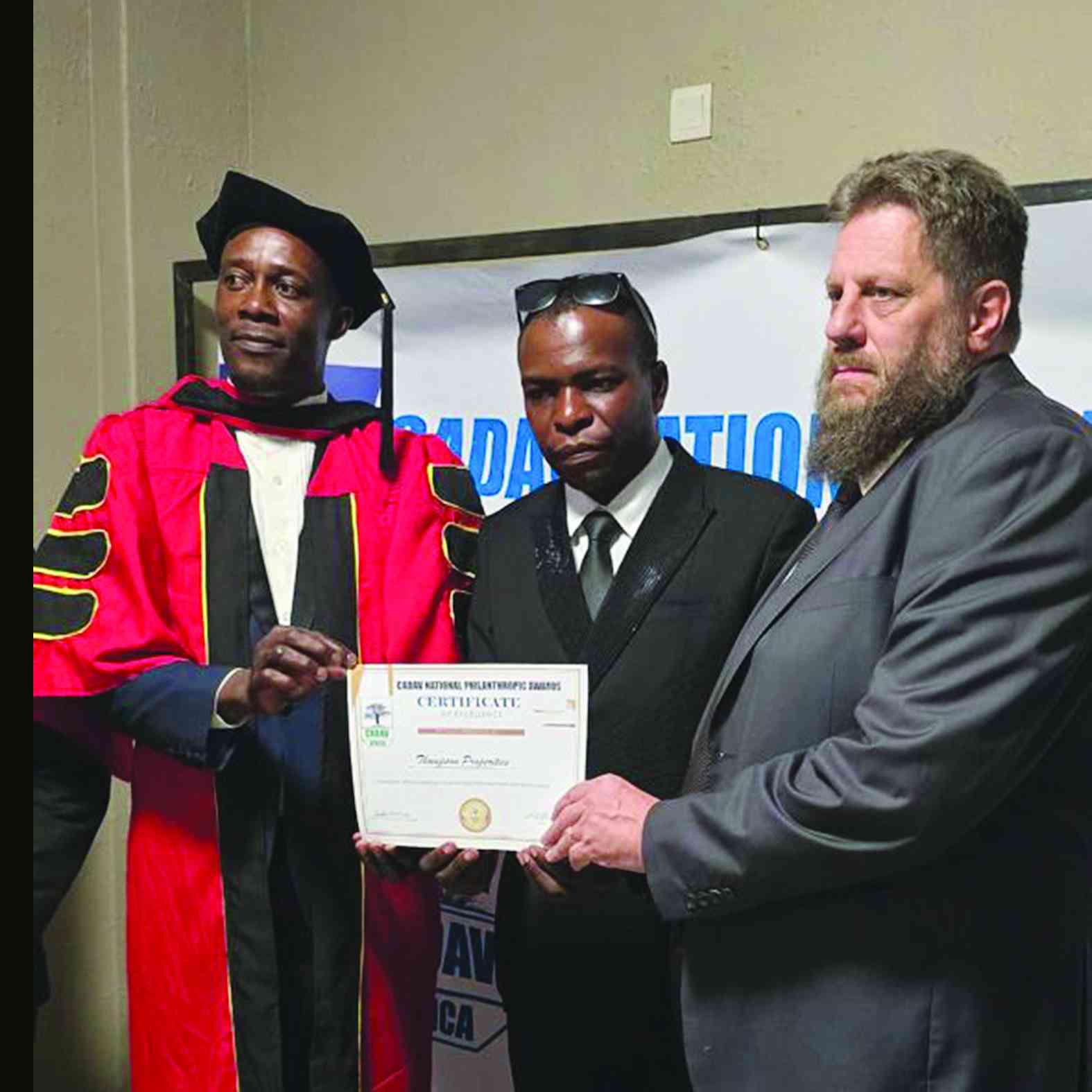
Wards bustling with highly motivated health care workers, readily available medication, decent salaries, a thriving teaching hospital network — this defined Zimbabwe’s health care system in the 1980s. Back then, it was considered a model of efficiency and effectiveness in Africa.
Today, however, the system is broken. Shortages of medical supplies, a crumbled infrastructure, and a mass exodus of health care workers have left the country unable to meet the needs of its people.
Among those left questioning the decline is Stella, who worked as a nurse in Zimbabwe in the 1980s and witnessed the system’s heyday. She, like many others, wonders what went wrong.
Stella, who chose to be identified only by her first name for fear of stigma, was 19 when she packed her bags to join St. David’s Bonda Hospital, a nurse training institute in Nyanga, east of Harare near the border with Mozambique. This was in 1959, 21 years before the country gained independence from British colonial rule and four years after her mother died. In fact, it had been her mother’s idea that she join nursing school.
“[She] told me that I would be able to take care of myself if I became a nurse,” she said..
Soon after graduating, Stella moved to Zambia (then Northern Rhodesia) where she worked for two decades as a nurse at a copper mine hospital. Once Zimbabwe gained independence in 1980, she returned home and secured a job as a nurse in the capital of Harare.
Working in Zimbabwe immediately after independence was a stark difference for Stella compared to what she witnesses today.
Health care workers had the resources to treat patients.
- Mavhunga puts DeMbare into Chibuku quarterfinals
- Bulls to charge into Zimbabwe gold stocks
- Ndiraya concerned as goals dry up
- Letters: How solar power is transforming African farms
Keep Reading
“Ambulances were readily available,” says Stella, who also worked as a midwife at a local clinic.
Felix Manyimbiri, a retired teacher, also remembers the good days. For him, it was the 1960s.
“I had pneumonia when I was around 10- years-old and at that time there were no clinics in our rural home.
“I was ferried in a Scotch cart to Ndanga District Hospital and got admitted for four days. I received good medical care; the doctor was on call 24/7,” the 70-year-old said.
His wife, Moudy Manyimbiri ( 62) remembers giving birth to their first child in 1980 at what was then Gweru General Hospital, a public hospital.
“The nurses were there and provided a service I loved, all the necessities like cotton wool [and] Betadine [topical antiseptic], among others, were provided for,” she said, a smile plastered on her face.
“The rewards for health care workers must have been good too,” she added. “Nurses could afford to buy cars.”
Zimbabwe’s health care system even gained a reputation as a medical tourism destination within the region, said David Parirenyatwa, who served in the Ministry of Health and Child Care as a deputy minister (1998-2002) and minister (2002-2009, 2013-2018).
In fact, members of the Central African Federation, an economic and political alliance between Southern Rhodesia, Northern Rhodesia and Nyasaland (now Zimbabwe, Zambia and Malawi, respectively) considered Zimbabwe their health hub, Parirenyatwa says.
“The capital of the federation was Salisbury, now Harare, so things were happening here. The University of Rhodesia was the [training] university for the whole federation,” he said, adding that citizens from the federation countries sought treatment at Andrew Fleming Hospital (now Parirenyatwa Group of Hospitals) and Harare Central Hospital (now Sally Mugabe Central Hospital).
“It was more like the medical tourism center,” he said.
This was a significant revival from the country’s colonial past.
During Ian Smith’s rule, who served as prime minister of what was then called Southern Rhodesia, from 1964 to 1979, health care favored the white minority population.
For example, government funding to private services, which catered to whites, was five times more than public medical services in cities — and 36 times more than public funding in rural areas.
Urban areas were staffed by 389 doctors, compared to just 11 doctors in the rural areas where 80% of the population lived, according to figures from Zimbabwean researcher Neddy Matshalaga.
But Robert Mugabe — who became Zimbabwe’s first post-independence prime minister — would soon overhaul the system.
In 1975, Mugabe led a civil war against the white minority regime and in 1980, the country gained independence.
Mugabe soon invested in health care, especially in rural areas, to address disparities.
He allocated more resources to health care, built more facilities and increased immunization programs, to mention a few efforts.
In 1978, 134 World Health Organisation member states — including Zimbabwe — had made a commitment at the Alma-Ata conference in Kazakhstan to protect and promote health for all people around the world.
Parirenyatwa says that in the early and late 1980s, several countries provided Zimbabwe with aid.
“There was a lot of goodwill, health grew, and Zimbabwe was a center for all,” Parirentyatwa said. “We became top-notch.”
This didn’t last long. Zimbabwe’s health care system began to crumble.
The terms of the Lancaster House Agreement, signed in 1979 to abolish the white-dominated regime and pave the way for an independent Zimbabwe, were expiring.
The most significant of the terms was white farmers’ right to retain the land they occupied for 10 years, and in return the British would fund half the cost of a resettlement scheme for black farmers.
“Talk of taking the land back started, things started to go on a downward trajectory,” Parirenyatwa said.
Sanctions followed. Funding to health care was reduced. Parirenyatwa’s voice drops to a murmur as he recalls that time.
“In 2000s, people [black majority] started taking their land back. 2002 sanctions were put in place,” he said. “Things started going haywire.”
Aid organisations stopped funding the health care system. For example, in 2002, the European Union withdrew its funding.
Some groups packed up and left incomplete projects, Parirenyatwa says. The consequences of Zimbabwe’s dependency on donors became evident.
In the 2000s, the economy in Zimbabwe also deteriorated, causing both a surge in skilled health worker emigration and a reduction in public spending, particularly in the social sector, including health care, according to recent research on Zimbabwe’s health financing policy.
As a result of reduced health spending, the government implemented both formal and informal user fees, decreasing the population’s access to health care.
In 2006, as Zimbabwe’s economic crisis intensified — marked by inflation surpassing 1,000% — Stella says she began to notice changes. Salaries were low. Staff morale plummeted.
Medical staff no longer upheld ethics. “I felt hurt and sad knowing that people were being made to buy [supplies] that they should get for free,” she says, frowning in disgust at the memories.









